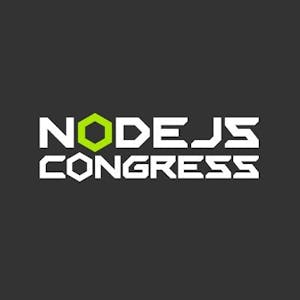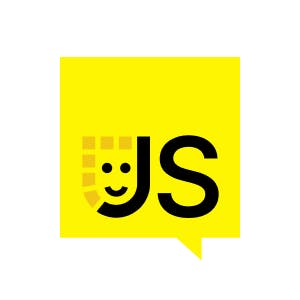Metaframeworks: you're probably using one already and may or may not love the experience - but what if I told you they aren’t rocket science?
In this talk, we’re ditching the buzzwords and over-complication to build one from scratch—yes, you heard that right.
Armed with Vite, Vinxi, Nitro, a pinch of vanilla JavaScript, and a healthy dose of curiosity, we’ll piece together the routing, rendering, and all the essentials you’ve been letting metaframeworks handle for you.
Expect aa crash course in understanding the tech you use every day. By the end, you might just be asking: Should I just roll one myself? Aand no, you shouldn't. But it's sure fun building one and understanding what makes them tick, no?
This talk has been presented at React Summit 2025, check out the latest edition of this React Conference.




















Comments